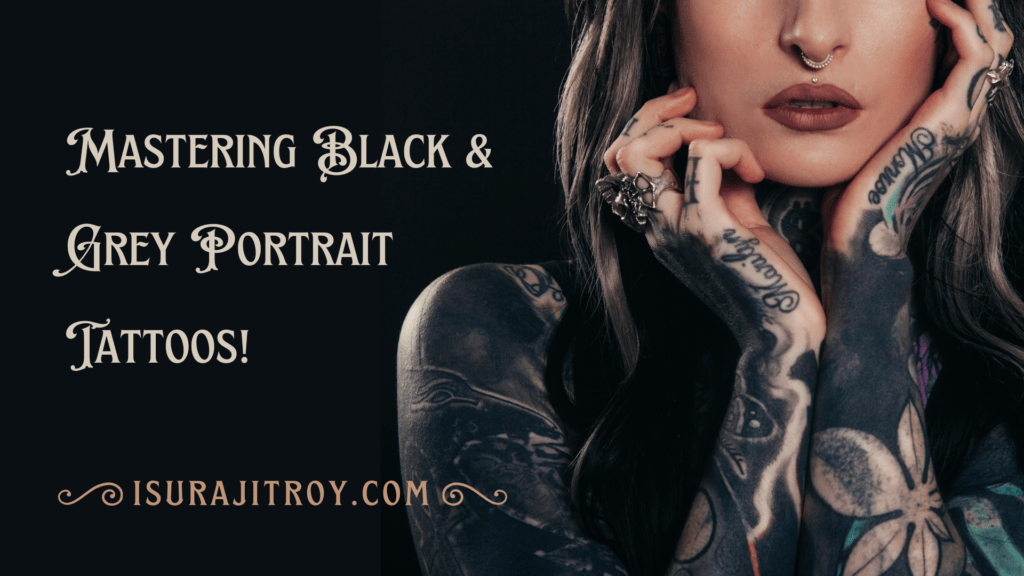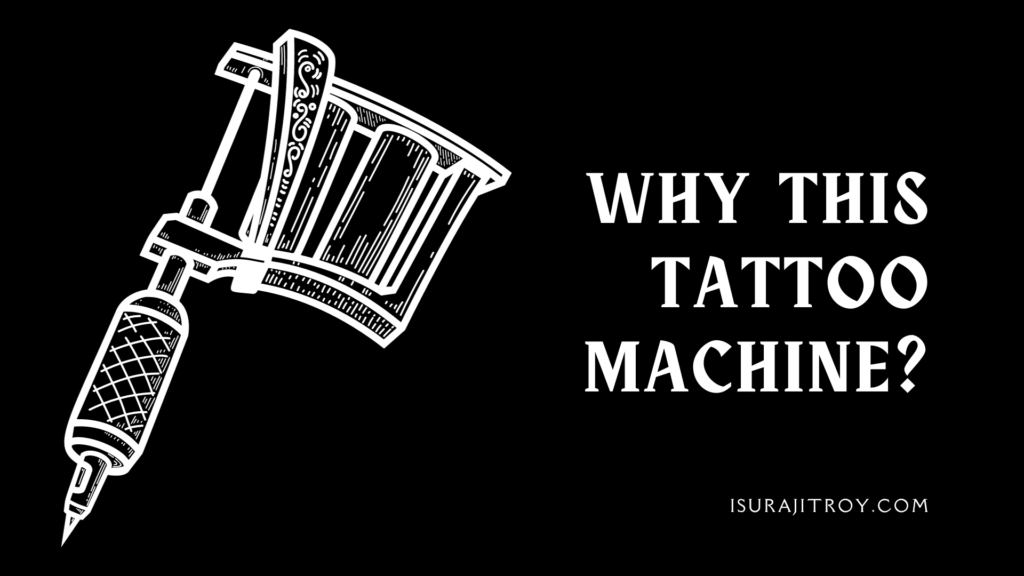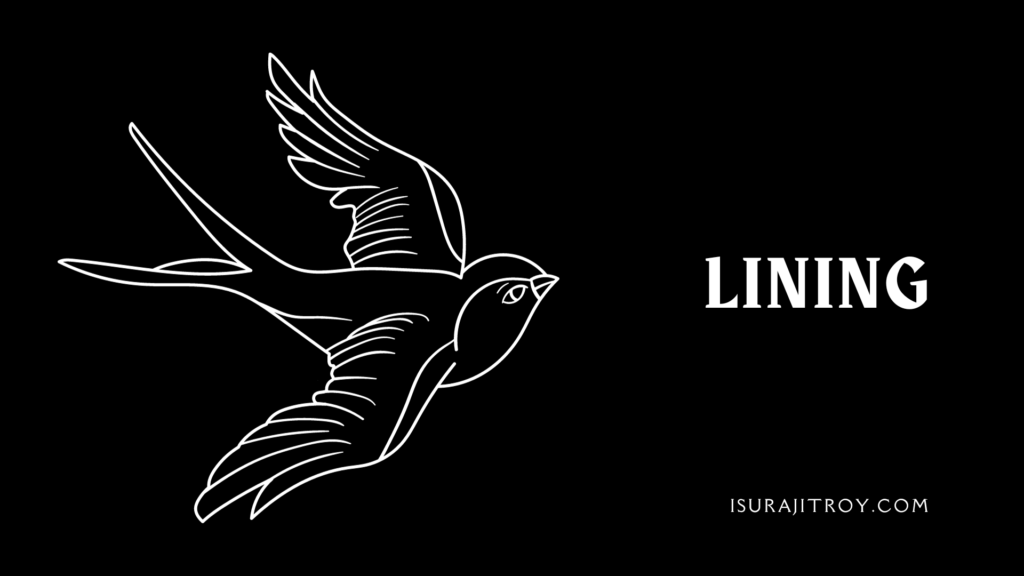
When it comes to creating stunning black and grey portrait tattoos, the process requires precision, skill, and an in-depth understanding of shading techniques. In this comprehensive guide, we delve into the intricacies of tattoo artist Jay Butler’s method, as showcased in his YouTube tutorial. By following these steps, you can elevate your tattooing skills and achieve remarkable results.
1. Freehand Stencil Drawing

Butler’s approach begins with a freehand stencil drawing, embracing the traditional method to craft a unique and personalized design. This technique allows for fluidity and creativity in capturing the essence of the portrait. By leveraging his expertise, Butler showcases how to intricately sketch the details, ensuring a seamless transfer to the client’s skin.
2. Applying the Stencil

The precise application of the stencil is crucial for a successful black and grey portrait tattoo. Butler emphasizes the importance of proper placement, utilizing stretch marks to conform to the contours of the client’s calf. His choice of Demos Control stencil solution enhances transfer accuracy, laying the foundation for a flawless execution of the design.
3. Why This Tattoo Machine?

Central to Butler’s process is the use of the FBIons Flux machine, boasting a 3.5-stroke length. This choice ensures optimal control and precision during shading, contributing to the creation of a detailed and nuanced black and grey portrait. Understanding the significance of the tattoo machine is pivotal for achieving the desired outcome.
4. What Machine Voltage?

Maintaining control over the tattoo machine voltage is a key factor in Butler’s technique. A voltage of 7.5 is his preference, resulting in a crisper outcome with jet black ink. This meticulous approach guarantees that each stroke contributes to the overall depth and definition of the portrait.
5. Shading

Shading is a critical phase in black and grey portrait tattoos, and Butler’s method is both strategic and nuanced. Beginning with a three-round shader, he focuses on detailing the beard before transitioning to wider mags for comprehensive shading. The emphasis on high-resolution and high-contrast reference images ensures a realistic outcome that stands the test of time.
6. Lining

Achieving precise lines is an art in itself. Butler’s tutorial guides you through the process of creating clean and defined lines, essential for capturing the intricacies of a black and grey portrait. Mastering the art of lining enhances the overall quality and realism of the tattoo.
7. Finished Tattoo

As the tattoo takes shape, Butler demonstrates how meticulous attention to detail and a systematic approach result in a finished product that exceeds expectations. The comprehensive shading, intricate lines, and strategic use of different needle techniques culminate in a black and grey portrait that is both captivating and enduring.
8. Applying Aftercare

Butler concludes his tutorial with valuable insights into aftercare. Understanding the necessity of proper healing is integral to the longevity and vibrancy of the tattoo. By following his recommendations, clients can ensure that their black and grey portraits age gracefully and maintain their visual impact.
Watch The Full Video Tutorial
Conclusion
In conclusion, mastering the art of black and grey portrait tattoos requires a combination of skill, technique, and attention to detail. By following Jay Butler’s tutorial, you gain access to a wealth of knowledge that can elevate your tattooing prowess. From freehand stencil drawing to aftercare, each step contributes to the creation of timeless and captivating black and grey portraits. Incorporate these techniques into your practice to surpass expectations and carve your niche in the world of tattoo artistry.










What I don’t understand is how you’re not more popular than you’re right now. You’re smart, and you know so much about this topic that I think I could believe it from many angles. It’s like men and women aren’t interested until it’s about Lady gaga. Your stuffs great.
Excellent information was provided. I truly liked reading this piece, and I’m grateful to the author for providing it. Thank you for sharing this blog post. Once again, thanks. Nice.